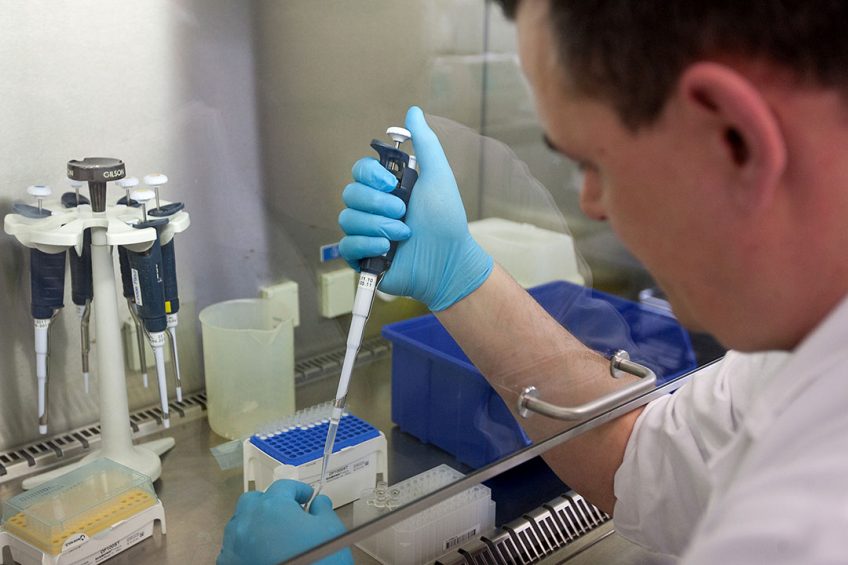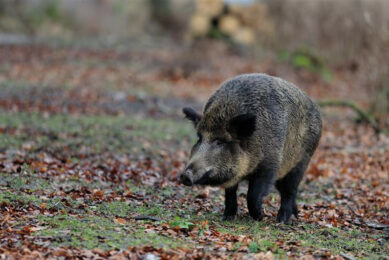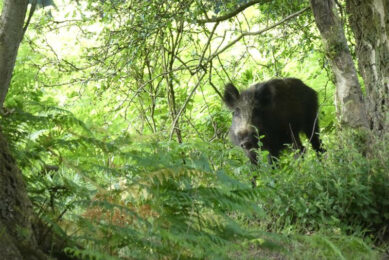ARS: New way to detect presence of live ASFv

US scientists have identified a new way to detect the presence of live African Swine Fever virus that minimises the need for samples from live animals and provides easier access to veterinary labs that need to diagnose the virus.
“We have identified a cell-line that can be used to isolate and detect the presence of the live virus. This is a critical breakthrough and a tremendous step for African Swine Fever virus (ASFv) diagnostics,” said scientist Dr Douglas Gladue, attached to the Agricultural Research Service (ARS), a part of the US Department of Agriculture (USDA).
Text continues underneath image
Detection of ASF virus has just become a bit easier with the identification of the cell-line by the ARS. Photo: Ronald Hissink}
The discovery was made by ARS scientists, supported by the Animal and Plant Health Inspection Service (APHIS), a different organisation within the USDA. The research is highlighted in this the peer-reviewed scientific journalViruses.
Continuous replication possible
In an ARS press release about the publication, it is described that effectively detecting live ASFv up until now required collecting blood cells from a live donor swine for every diagnostic test, because the cells could only be used once. The new cell line can be continuously replicated and frozen to create cells for future use, reducing the number of live donor animals needed.
The new cell line is also commercially available to veterinary diagnostic labs that traditionally did not have access to swine blood cells needed to test for live ASFv.

Last year, the ARS team made headlines having made a vaccine that could deliver sterile immunity to ASF}
A provisional patent application for this research was filed in April 2020 and the technology is now available for license.
The research paper was authored by Ayushi Rai, Sarah Pruitt, Elizabeth Ramirez-Medina, Elizabeth A. Vuono, Ediane Silva, Lauro Velazquez-Salinas, Manuel V. Borca and Douglas P. Gladue, attached to the ARS, USDA, United States; and Consuelo Carrillo, APHIS, USDA, United States.











